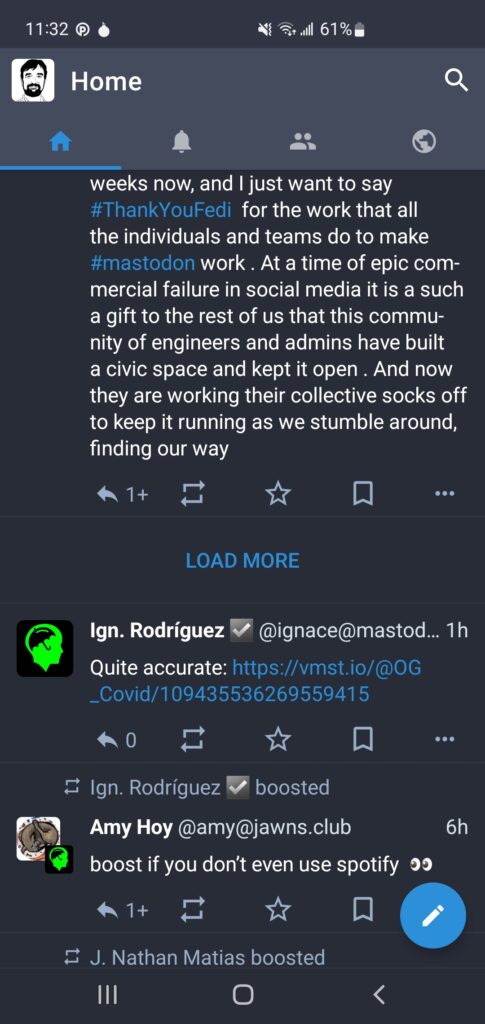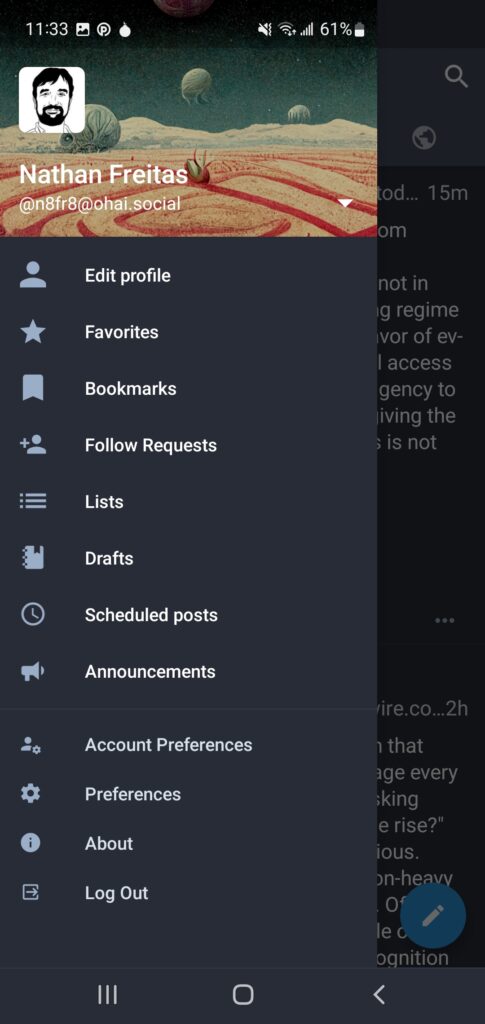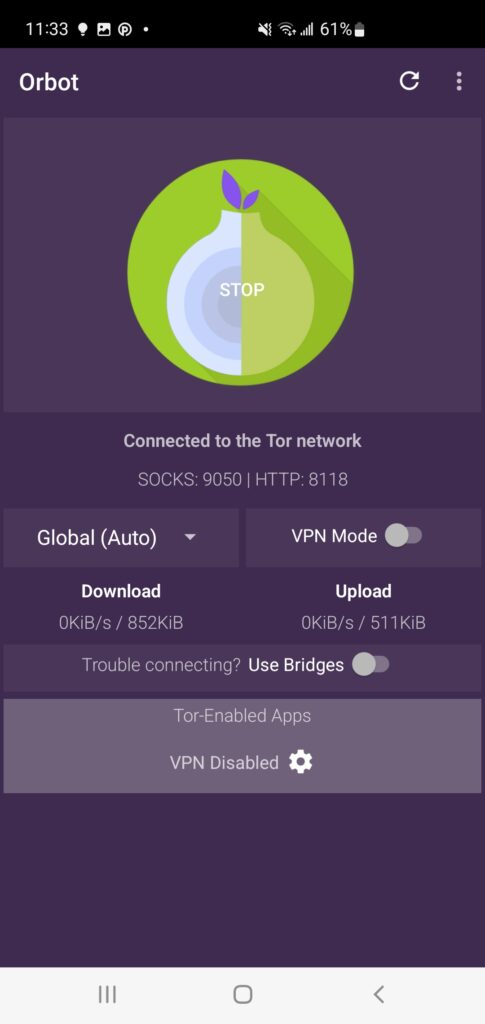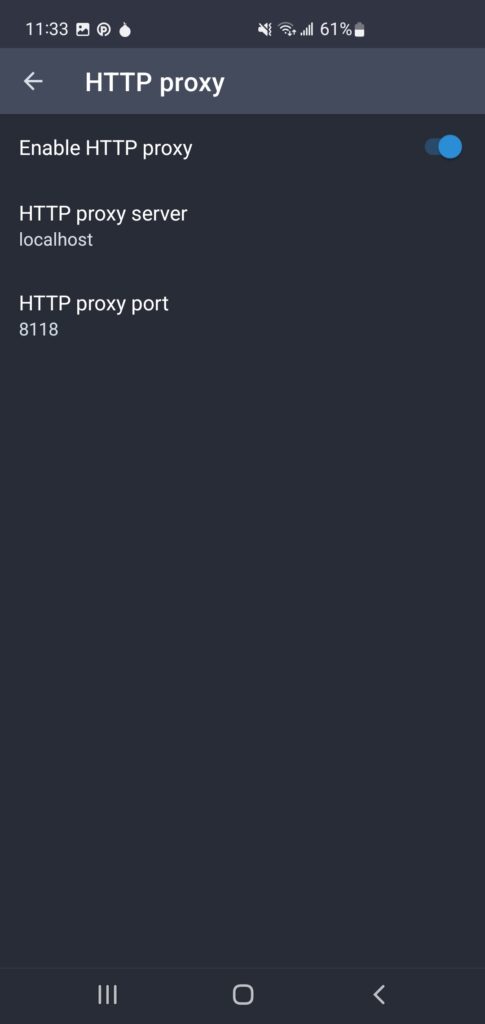xhr.onload = function()
{
try
{
//the doc object holds the response structure
var doc;
//check whether the data coming back is in XML format or not
if (!this.responseXML)
{
//if not XML you have to convert it to XML
doc = Titanium.XML.parseString(this.responseText).documentElement;
}
else
{
//if it is XML, then just set the doc variable
doc = this.responseXML.documentElement;
}
//now we can easily get a list of items from teh results
var items = doc.getElementsByTagName(“item”);
//some simple variables for tracking the loop
var x = 0;
var c;
//now just loop through the response array to see what videos we have
for (c=0;c<items.length;c++)
{
//get the current item
var item = items.item(c);
//get the text for the video title tag using standard DOM XML calls
var title = item.getElementsByTagName(“title”).item(0).text;
//build up a summary string to display below the title
var summary = “”;
if (item.getElementsByTagName(“pubDate”))
{
summary = item.getElementsByTagName(“pubDate”).item(0).text;
}
//get the link to the youtube video
var link = “”;
if (item.getElementsByTagName(“link”))
{
link = item.getElementsByTagName(“link”).item(0).text;
}
//now here is where we perform a trick
//we find the GUID code from within the link b/c we know the link format
var guid = link.substring(link.indexOf(“?v=”)+3);
guid = guid.substring(0,guid.indexOf(“&”));
//now we can use that guid to load up a thumbnail image
var thumbnail = “http://i.ytimg.com/vi/” + guid + “/2.jpg”;
//okay we have all the data we need for that item
//now we need to create a row to add to the table in order to display it
//create the row item and set the height to 80 pixels
var row = Ti.UI.createTableViewRow({height:80});
//set parameters for the row so we can get the youtube data out later
row.url = link;
row.guid = guid;
row.videotitle = title;
//create a label for displaying the title and add it to the row
var labelTitle = Ti.UI.createLabel({
text:title,
left:105,
top:10,
height:40,
font:{fontSize:16}
});
row.add(labelTitle);
//create a label for the summary and add it to the row
var labelSummary = Ti.UI.createLabel({
text:summary,
left:105,
top:45,
font:{fontSize:12}
});
row.add(labelSummary);
//create an image from the thumbnail, and add it to the row
var img = Ti.UI.createImageView({
url:thumbnail,
left:0,
height:80,
width:100
});
row.add(img);
//add the row to the data array
data[x++] = row;
}
//if tableview has been created, reset the data on the table
//you can update data on the table multiple times
if (tableview)
{
tableview.setData(data);
}
else
{
//if table has not been created, build it up with the data array
tableview = Titanium.UI.createTableView({
data:data
});
//add the table to the current window for display
Titanium.UI.currentWindow.add(tableview);
//add a ‘click’ listener so that when someone taps on a row
//the video will be played using the function we defined earlier
tableview.addEventListener(‘click’,function(e)
{
playYouTube(e.row.videotitle,e.row.guid);
});
}
}
catch(E)
{
//if anything bad happens, show the error to the user and log it
Titanium.API.debug(E);
Titanium.UI.createAlertDialog({title:’NY Senate’, message:’No videos were found for this search.’}).show();
}
//hide the spinning ‘loading’ widget
toolActInd.hide();
win.setToolbar(null,{animated:true});
}; |










